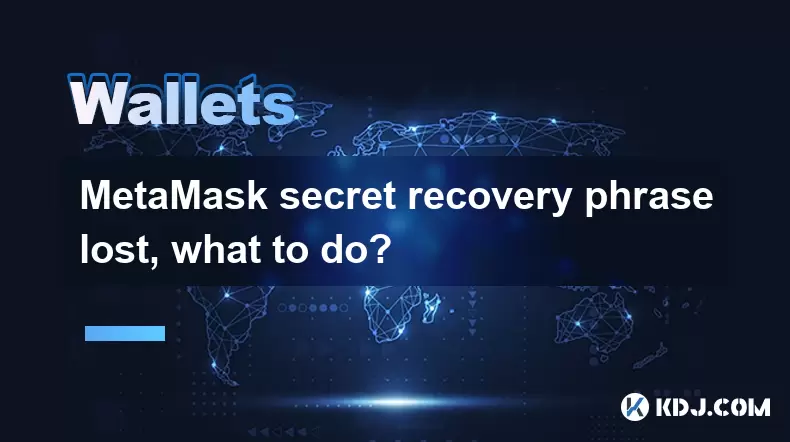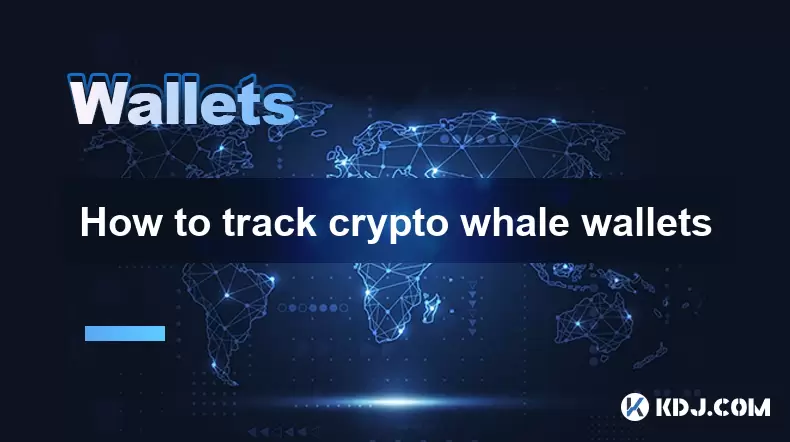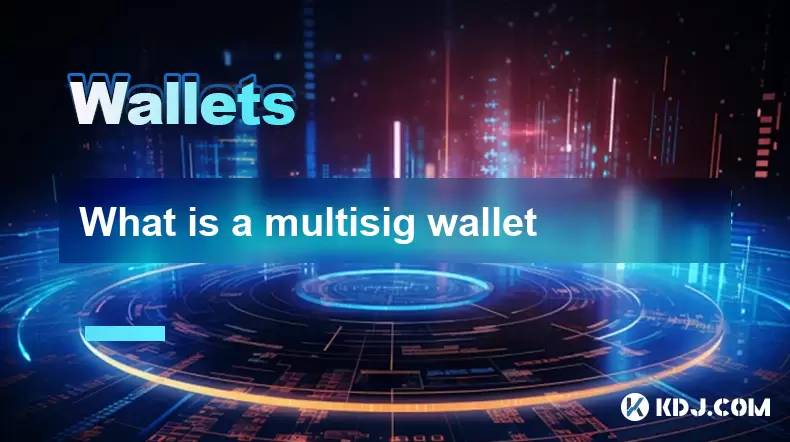-
 Bitcoin
Bitcoin $118,209.3536
1.16% -
 Ethereum
Ethereum $3,151.7546
5.98% -
 XRP
XRP $2.9277
2.35% -
 Tether USDt
Tether USDt $1.0000
0.00% -
 BNB
BNB $689.7099
1.26% -
 Solana
Solana $163.4270
1.91% -
 USDC
USDC $1.0000
0.02% -
 Dogecoin
Dogecoin $0.1983
3.74% -
 TRON
TRON $0.3008
0.51% -
 Cardano
Cardano $0.7435
2.86% -
 Hyperliquid
Hyperliquid $47.6547
-0.48% -
 Stellar
Stellar $0.4625
2.79% -
 Sui
Sui $3.9921
2.71% -
 Chainlink
Chainlink $16.0608
4.23% -
 Hedera
Hedera $0.2348
1.56% -
 Bitcoin Cash
Bitcoin Cash $496.6985
1.25% -
 Avalanche
Avalanche $21.9038
5.41% -
 UNUS SED LEO
UNUS SED LEO $8.8356
-1.88% -
 Shiba Inu
Shiba Inu $0.0...01364
5.31% -
 Toncoin
Toncoin $3.1102
4.35% -
 Litecoin
Litecoin $95.9756
3.59% -
 Polkadot
Polkadot $4.0925
5.78% -
 Monero
Monero $333.7622
-1.44% -
 Uniswap
Uniswap $9.1968
2.25% -
 Bitget Token
Bitget Token $4.6378
6.23% -
 Pepe
Pepe $0.0...01282
6.77% -
 Dai
Dai $1.0002
0.03% -
 Ethena USDe
Ethena USDe $1.0005
0.00% -
 Aave
Aave $329.9143
4.49% -
 Bittensor
Bittensor $441.4995
6.89%
MetaMask secret recovery phrase lost, what to do?
If you lose your MetaMask recovery phrase, immediately check backups, password managers, or hardware wallets — without it, you cannot regain access to your funds.
Jul 10, 2025 at 03:28 pm

Understanding the MetaMask Secret Recovery Phrase
The MetaMask secret recovery phrase, also known as a seed phrase, is a sequence of 12 or 24 words generated during wallet creation. This phrase acts as a backup key that allows users to recover access to their wallet in case of device loss, damage, or accidental deletion. Without this phrase, there is no way to regain control over your funds stored within the MetaMask wallet.
It is crucial to understand that MetaMask does not store your recovery phrase on its servers. The company emphasizes user responsibility and decentralization, meaning if you lose your recovery phrase, no one at MetaMask can retrieve it for you. This design choice enhances security but places the burden of safekeeping entirely on the user.
Immediate Steps After Losing Your Recovery Phrase
- Check backups: If you wrote down or saved your recovery phrase somewhere secure, locate it immediately.
- Review digital storage: If you used password managers like Bitwarden, 1Password, or cloud services such as Google Drive or iCloud, check those locations.
- Inspect hardware wallets: If you imported your MetaMask wallet into a hardware wallet like Ledger or Trezor, the recovery phrase may be accessible from there.
- Verify other devices: If you ever logged into MetaMask on another phone or computer, check those devices for wallet information.
If none of these steps yield results, proceed to the next section to explore potential recovery options.
Can You Recover a Lost MetaMask Wallet Without the Phrase?
Unfortunately, there is no official method to recover a MetaMask wallet without the secret recovery phrase. MetaMask’s architecture is built around non-custodial principles, meaning the platform never has access to your private keys or recovery phrases.
Some people attempt to find alternative methods such as:
- Contacting MetaMask support
- Using third-party recovery tools
- Trying to extract data from browser extensions
However, none of these methods are officially supported or reliable. MetaMask explicitly states that they cannot assist with recovering lost phrases due to privacy and security reasons.
What Happens If You Still Have Access to the Wallet?
If you still have access to your MetaMask wallet interface (e.g., you’re currently logged in), you can take action to retrieve your recovery phrase before it's too late. Here’s how:
- Open the MetaMask extension or mobile app
- Click on your account icon in the top-right corner
- Select "Settings"
- Navigate to the "Security & Privacy" section
- Choose "Reveal Secret Recovery Phrase"
- Enter your wallet password when prompted
- Carefully view and write down your recovery phrase
This process must be done securely — avoid taking screenshots or saving the phrase digitally unless using a trusted password manager. Always ensure no one is watching your screen while performing this step.
Exploring Alternatives: Can You Migrate Funds Without the Phrase?
If you’ve lost your recovery phrase but still have access to your wallet, consider transferring your assets to a new wallet where you can securely back up the recovery phrase. Here’s how:
- Create a new wallet using a fresh installation of MetaMask or another wallet provider
- Ensure you save the new recovery phrase in a secure location
- Send your funds from the original wallet to the new wallet address
- Confirm all transactions have completed successfully
- Delete the old wallet once satisfied everything is moved
This approach doesn’t help if you're already locked out of your wallet, but it provides a temporary solution if you still have access.
Preventing Future Loss: Best Practices
To avoid repeating this issue, adopt the following security practices:
- Write your recovery phrase on paper and store it in a fireproof and waterproof safe
- Use a hardware wallet for long-term asset storage
- Store digital copies in encrypted password managers
- Avoid sharing your recovery phrase with anyone under any circumstances
- Never save the phrase in plain text documents or unsecured apps
These precautions will significantly reduce the risk of losing access to your cryptocurrency holdings again.
Frequently Asked Questions
Q: Can I use my Ethereum address to recover my MetaMask wallet?
No, your Ethereum address alone cannot be used to recover your wallet. The secret recovery phrase or private key is required to regain full access.
Q: Is there a difference between a private key and a recovery phrase?
Yes, the private key is a unique alphanumeric string tied to a single account, while the recovery phrase generates all private keys associated with your wallet. The recovery phrase offers broader access than a single private key.
Q: Can I change my MetaMask recovery phrase?
No, you cannot change your recovery phrase directly. However, you can create a new wallet with a different recovery phrase and transfer your funds to it.
Q: What should I do if someone sees my recovery phrase?
If your recovery phrase is compromised, move your funds to a new wallet immediately and destroy any exposed backups. Assume the compromised wallet is no longer secure.
Disclaimer:info@kdj.com
The information provided is not trading advice. kdj.com does not assume any responsibility for any investments made based on the information provided in this article. Cryptocurrencies are highly volatile and it is highly recommended that you invest with caution after thorough research!
If you believe that the content used on this website infringes your copyright, please contact us immediately (info@kdj.com) and we will delete it promptly.
- Eclipse Airdrop and Token Supply: Navigating the Crypto Landscape
- 2025-07-16 18:50:13
- Solana Price, Zebec Network, and Remittix: Decoding the Crypto Signals
- 2025-07-16 18:30:13
- Crypto Picks & Altcoin Breakout: August's Hottest Trends
- 2025-07-16 18:30:13
- XLM Stellar Analyst Prediction: Is a $10 Target on the Horizon?
- 2025-07-16 19:10:12
- Dubai, Ripple, and Tokenization: A New Era for Real Estate
- 2025-07-16 18:50:13
- Unilabs Finance (UNIL): Primed for a Massive 2025 Launch?
- 2025-07-16 19:15:12
Related knowledge

What is a hardware wallet's secure element
Jul 11,2025 at 10:14pm
What is a Hardware Wallet's Secure Element?A hardware wallet is one of the most secure ways to store cryptocurrencies. Unlike software wallets, which ...

How to track crypto whale wallets
Jul 16,2025 at 10:00am
What Are Crypto Whale Wallets?Crypto whale wallets refer to large cryptocurrency holdings controlled by individuals or entities that have the potentia...

What is the difference between a custodial and non-custodial wallet
Jul 13,2025 at 03:21am
Understanding Wallet Types in CryptocurrencyIn the world of cryptocurrency, digital wallets play a crucial role in managing and securing assets. A wal...

What is a multisig wallet
Jul 16,2025 at 01:42am
Understanding the Concept of a Multisig WalletA multisignature (multisig) wallet is a type of cryptocurrency wallet that requires more than one privat...

How to add a new network to MetaMask
Jul 11,2025 at 11:42pm
Understanding the Need to Add a New NetworkWhen using MetaMask, a popular Ethereum-based cryptocurrency wallet, users often need to interact with diff...

How to add Ethereum L2 networks like Arbitrum to Trezor
Jul 11,2025 at 12:36am
What Is Ethereum L2 and Why Add It to Trezor?Ethereum Layer 2 (L2) networks, such as Arbitrum, are scaling solutions designed to reduce congestion on ...

What is a hardware wallet's secure element
Jul 11,2025 at 10:14pm
What is a Hardware Wallet's Secure Element?A hardware wallet is one of the most secure ways to store cryptocurrencies. Unlike software wallets, which ...

How to track crypto whale wallets
Jul 16,2025 at 10:00am
What Are Crypto Whale Wallets?Crypto whale wallets refer to large cryptocurrency holdings controlled by individuals or entities that have the potentia...

What is the difference between a custodial and non-custodial wallet
Jul 13,2025 at 03:21am
Understanding Wallet Types in CryptocurrencyIn the world of cryptocurrency, digital wallets play a crucial role in managing and securing assets. A wal...

What is a multisig wallet
Jul 16,2025 at 01:42am
Understanding the Concept of a Multisig WalletA multisignature (multisig) wallet is a type of cryptocurrency wallet that requires more than one privat...

How to add a new network to MetaMask
Jul 11,2025 at 11:42pm
Understanding the Need to Add a New NetworkWhen using MetaMask, a popular Ethereum-based cryptocurrency wallet, users often need to interact with diff...

How to add Ethereum L2 networks like Arbitrum to Trezor
Jul 11,2025 at 12:36am
What Is Ethereum L2 and Why Add It to Trezor?Ethereum Layer 2 (L2) networks, such as Arbitrum, are scaling solutions designed to reduce congestion on ...
See all articles

























































































